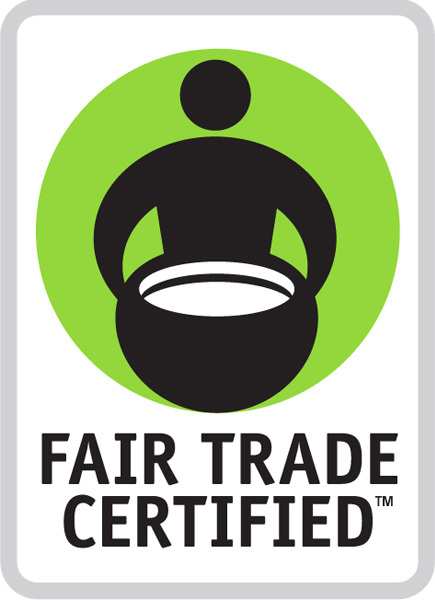The True Cost of Coconut Water
The True Cost of Coconut Water
The current vogue for everything coconut seems to have begun about a decade ago, when two brands of coconut water began targeting a very specific consumer niche: women who do yoga. It could not have been lost on the beverage purveyors that these ladies tended to be both affluent and fashionable, and coconut water was marketed to them as a much-needed natural alternative to electrolyte-replenishing sports drinks. The strategy worked: between 2008 and 2013, the number of coconut water products on the market more than quintupled.
In the meantime, the gluten-free trend took root, and with it came increased interest in non-wheat flours, including coconut flour. Coconut oil is also experiencing a renaissance. Once upon a time, studies linked the product to heart disease because of its high levels of saturated fat, but as so often happens when it comes to nutritional information, that consensus has undergone an upheaval. Today, adherents to vegan and primal diets claim that coconut oil is a healthy alternative to other cooking fats; some believe it has antibacterial and antiviral properties thanks to its lauric acid content. And new research indicating that consumption of saturated fats is not linked to heart disease confirms at least part of that position.
In short, coconut is back, and not the angel flake kind that's so delicious mixed in buttercream frosting. But where are all these coconut products coming from? How are growers keeping pace with exploding demand? And, most importantly, are they benefiting?
Fairness in Farming
Unfortunately, the answer to the latter question is "not really." According to Fair Trade USA, coconut farmers make around $7,000 US a year at the upper end of the spectrum. At the lower end, they make as little as $72. To put that number in the stark perspective it deserves, a grower at the bottom of that income range would have to save up for over a year to buy a 24-pack of coconut water sourced from his or her own produce.
"The average serving of coconut water sells for a dollar-fifty, and the high-end stuff can be even more expensive," says Nora Pittenger, senior manager of consumer packaged goods and tea at Fair Trade USA. "But the coconut farmers see a very, very small portion of that money. In the biggest coconut-producing countries, they're some of the poorest people."
The world's coconut supply comes from locales as far-flung as Brazil and Sri Lanka, but the two largest producers are Indonesia and the Philippines. Sixty percent of coconut growers in the Philippines live in poverty, and the conditions in Indonesia aren't much better. The reasons are manifold, ranging from the often-unsustainable nature of small-scale coconut farming to the standard arrangement of selling coconuts to middlemen and processing facilities that then reap the benefits of huge markups.
The supply chain for coconuts is shaped by a variety of interconnected issues, including infrastructure (or lack thereof), aging trees, aging farmers, educational challenges, vulnerability to the elements and climate change. But the biggest problem for growers may be a simple lack of information. "A lot of these farmers live in really remote areas where they may not have visibility into what kind of prices they should be getting," Pittenger notes. "The majority are small holders who harvest coconuts and sell them whole to processors. They're not necessarily seeing all the different products that come from that."
Compassionate Coconuts
In fact, demand for these farmers' coconuts hasn't increased as much as one might assume, because, unbelievable as it may sound, until recently coconut water was considered a useless byproduct, and was discarded without a second thought. To meet rising demand for the beverage, ergo, factories merely needed to optimize the supply they were already receiving. "The increased demand for coconut water didn't mean companies needed new coconuts from growers, just new processing facilities to harvest and use that waste product," Pittenger says.
There is, however, another way that coconut growers can benefit from the booming popularity of their crops. With increased consumption comes increased scrutiny, and before long, organizations like Fair Trade USA are on the case, giving consumers the opportunity to vote with their dollars for brands that commit to fairness for the people behind the products. "Now consumers can do something about this," says Jenna Larson, PR manager for the organization. "We have rigorous standards that focus on social, environmental and economic issues. By buying products that are certified as fair trade, consumers empower farmers."
The first coconut products to be certified by Fair Trade USA are Naked Coconut Water, Nutiva Virgin Coconut Oil and La Maison Orphee Coconut Oil. Soon, that list will expand to include Nutiva's O'Coconut products as well as Coco Libre Protein Coconut Waters. And there are brands that have already taken matters into their own hands, such as Dr. Bronner's Magic Soaps and Whole Foods. Serendipol, which is the company's Sri Lankan partner in sourcing its coconut oil, has been paying its farmers and mill workers directly since 2007, while Whole Foods demanded a supply chain audit for all of its coconut water vendors last year.
Pittenger recently returned from a trip to the Philippines to visit a community of coconut growers supported by fair trade. Among many other benefits, these groups receive "community development premiums" they can invest according to their specific needs and priorities. "At a fair trade committee meeting," she recalls, "there was a farmer who said to the group, 'It's only by working harder and together that we make our lives better.' She conveyed a powerful optimism. There was hope."
Continue reading full article at KCET Food: http://www.kcet.org/living/food/the-nosh/the-true-cost-of-coconut-water.html



